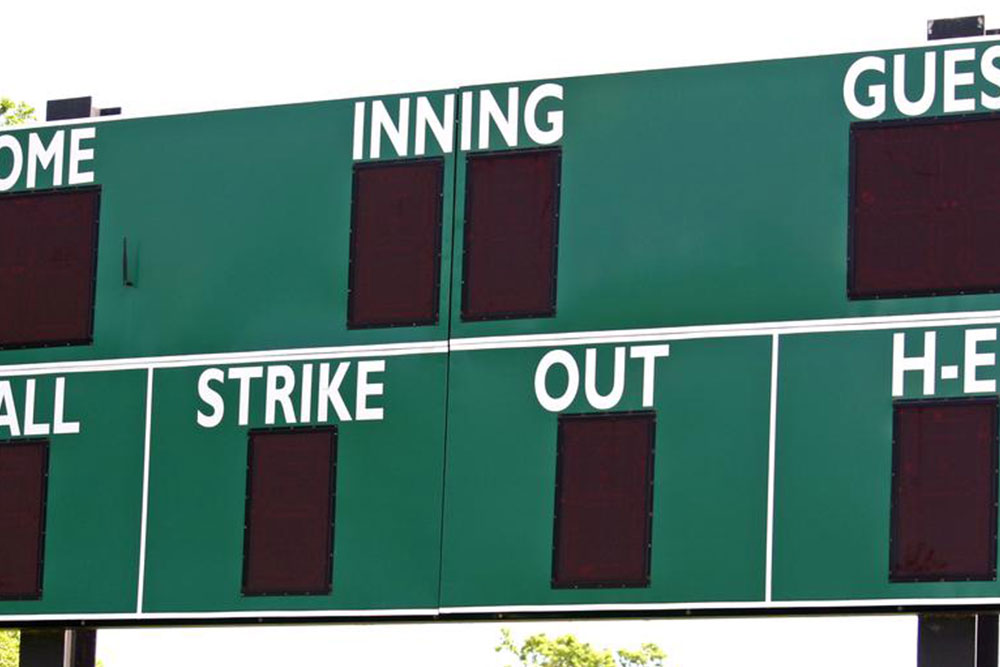Comprehensive Beginner's Guide to Understanding Baseball Scoreboards
Discover an in-depth, beginner-friendly guide to decoding baseball scoreboards. Learn about inning scores, abbreviations like R, H, E, and how to track pitches, strikes, and outs. Perfect for new fans eager to enhance their understanding of the game, this comprehensive overview covers all essential scoreboard elements for a more engaging baseball experience.

Comprehensive Beginner's Guide to Understanding Baseball Scoreboards
Baseball is a sport rich in tradition, strategy, and excitement, attracting millions of fans worldwide. While watching a game can be exhilarating, fully understanding the scoreboard enhances your viewing experience and allows you to follow the game more closely. If you're new to baseball or have ever felt puzzled by the numbers flashing on the scoreboard, this detailed guide will help demystify the various components and symbols used in reading baseball scoreboards. With this knowledge, you'll be able to follow every pitch, run, and crucial play with confidence and enthusiasm.
Mastering how to interpret a baseball scoreboard involves understanding several key elements. These include how runs are recorded per inning, what the various abbreviations and symbols mean, and how the game’s progress is tracked visually. Whether you're at the stadium or watching on TV, knowing these details turns passive observation into an engaging experience.
Below are the essential elements you need to familiarize yourself with:
The scoring per inning and their significance
Understanding the layout of the scoreboard
The meaning of abbreviations such as R, H, E, and others
How pitches, strikes, and outs are tracked
The importance of total runs, hits, errors, and other game statistics
The innings are numbered from 1 to 10 or more, displayed at the top of the scoreboard. Each inning is split into two halves: the top for the visiting team and the bottom for the home team. If you look at the scoreboard, you'll see the runs scored by each team in each inning displayed in columns aligned vertically. For example, if you see a '4' under the first inning for the visiting team, it indicates they scored four runs during that inning. Scores accumulate as the game progresses, and the total runs per team at the end determine who is winning.
The top row of the scoreboard generally lists the visiting team’s scores, whereas the bottom row displays the home team’s scores, since the visiting team always bats first. Alongside these, you will see key statistics such as 'R' (Runs), 'H' (Hits), and 'E' (Errors). The 'Runs' reflect the total points scored, while 'Hits' show how many times players successfully made contact and reached at least first base. Errors indicate mistakes made by players that favored the batting team.
Additional indicators include the 'Strike' count, which shows how many strikes a pitcher has thrown to the current batter. When the count reaches three, the batter is out. The 'Pitch Count' details the total number of pitches thrown by each team's pitcher, often labeled as 'V' for visitors and 'H' for the home team. The 'Out' count tracks how many players have been dismissed via strikeouts, caught stealings, or other game-winning plays. Understanding these metrics provides deeper insight into the game’s flow and team strategies.
In summary, a baseball scoreboard offers a wealth of information that, once understood, significantly enriches your viewing experience. From tracking individual player performances to understanding team momentum, reading the scoreboard is an essential skill for any baseball fan. Practice by observing game broadcasts or attending live games, and soon you'll become proficient at interpreting every aspect of this exciting sport’s scoring system. With dedication, following the game will become second nature, deepening your appreciation of baseball’s unique blend of athleticism and strategy.




